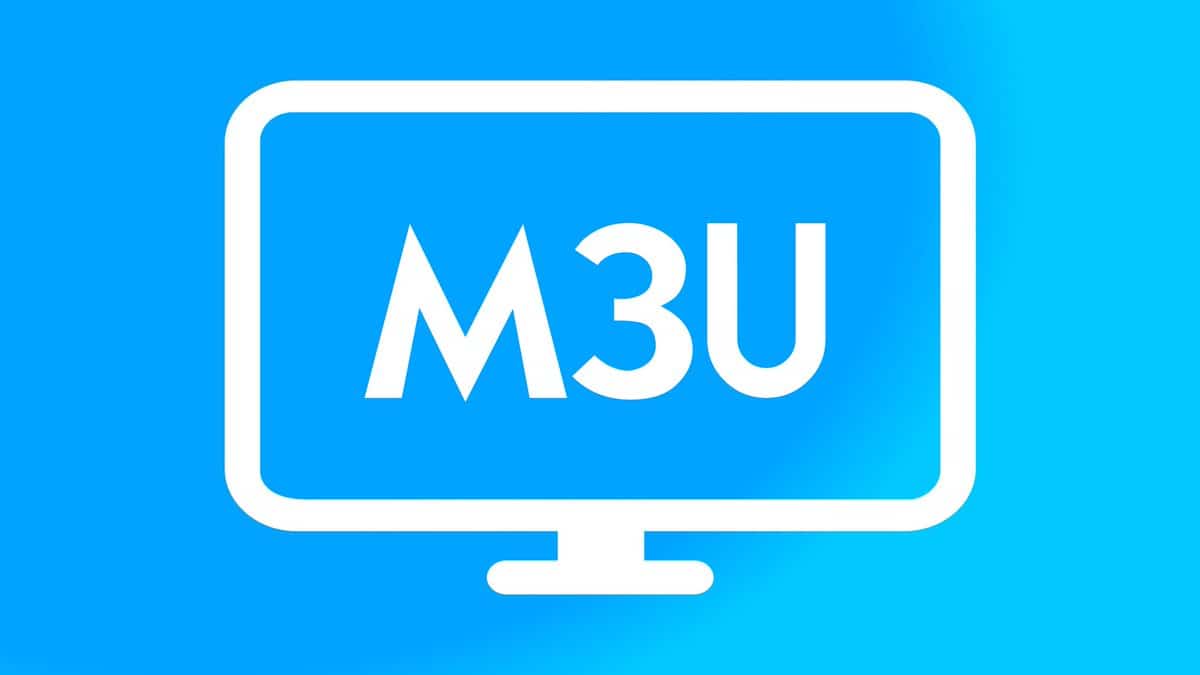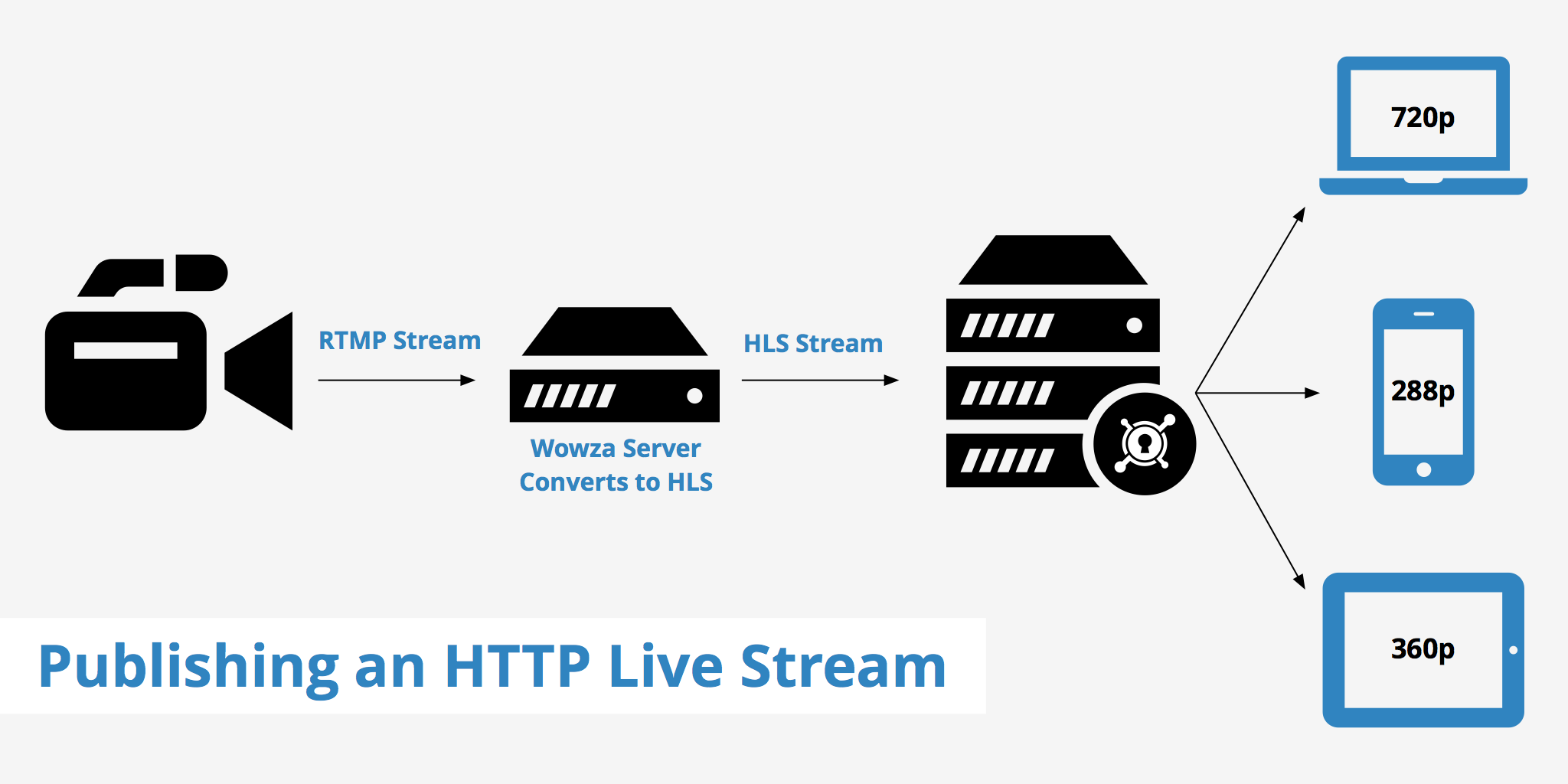introduction:
Internet Protocol Television (IPTV) has revolutionized the way we consume media, offering seamless streaming experiences over the internet. However, choosing the right IPTV protocol is essential for optimal performance. Among the most commonly used protocols are M3U, HLS, RTMP, and DASH. Each has its strengths and weaknesses. In this article, we will explore these protocols, their advantages, and their limitations to help you make an informed choice.
1. M3U (Moving Picture Experts Group URL)
Pros:
- Easy to Use: M3U playlists are simple text files containing stream URLs, making them easy to manage and share.
- Widely Supported: Compatible with a variety of media players and IPTV applications.
- Lightweight: Requires minimal system resources.
Cons:
- Limited Features: Lacks built-in adaptive bitrate streaming and security measures.
- No Direct Streaming: Works as a playlist format rather than a standalone streaming protocol.
2. HLS (HTTP Live Streaming)
Pros:
- Adaptive Bitrate Streaming: Automatically adjusts video quality based on the viewer’s internet speed.
- High Compatibility: Supported on most devices, including iOS, Android, and web browsers.
- Scalability: Efficient for large-scale streaming services.
Cons:
- Higher Latency: HLS typically introduces a delay of 10–30 seconds, making it less suitable for live events.
- More Storage & Processing Power Needed: Requires segmenting video into smaller chunks, increasing storage and processing demands.
3. RTMP (Real-Time Messaging Protocol)
Pros:
- Low Latency: Ideal for real-time broadcasts and live streaming.
- Efficient Streaming: Supports high-quality video transmission with minimal buffering.
- Interactivity: Often used for video conferencing and online gaming due to its real-time capabilities.
Cons:
- Limited Device Support: Not natively supported in modern web browsers without third-party plugins.
- Phasing Out: Many platforms, including major ones like YouTube and Facebook, are moving away from RTMP in favor of HLS and DASH.
4. DASH (Dynamic Adaptive Streaming over HTTP)
Pros:
- Advanced Adaptive Streaming: Provides high-quality video by dynamically adjusting the bitrate.
- Efficient Bandwidth Usage: Optimizes video delivery based on network conditions.
- Cross-Platform Compatibility: Works on various devices and operating systems.
Cons:
- Not Supported on iOS: Apple devices prioritize HLS, making DASH less viable for Apple users.
- Complex Implementation: Requires more advanced configurations compared to simpler protocols like M3U.
Conclusion
Choosing the right IPTV protocol depends on your specific needs:
- For simple playlist management, M3U is a lightweight and easy-to-use option.
- For high-quality streaming with adaptive bitrate support, HLS is a great choice, though it has some latency issues.
- For real-time broadcasting, RTMP remains a solid option, though it is being phased out.
- For advanced adaptive streaming, DASH provides an efficient solution, especially for non-iOS platforms.
Other topics related to this article:
Comparing M3U vs HLS: Which is Better for IPTV?
What is RTMP and How Does it Work for IPTV?
DASH Protocol Explained: Benefits for IPTV Streaming
RTMP vs HLS: Which IPTV Protocol Works Best for Live Streaming?




Leave a Reply